Did you heard about Secret Messages in Famous Paintings? Throughout history, artists have embedded hidden messages, symbols, and codes within their works. These subtle details often go unnoticed by the casual observer but can reveal intriguing insights when closely examined. Let’s delve into some famous paintings that harbor these secret meanings and explore the stories behind them.
1. Leonardo da Vinci’s “The Last Supper” (Secret Messages in Famous Paintings)
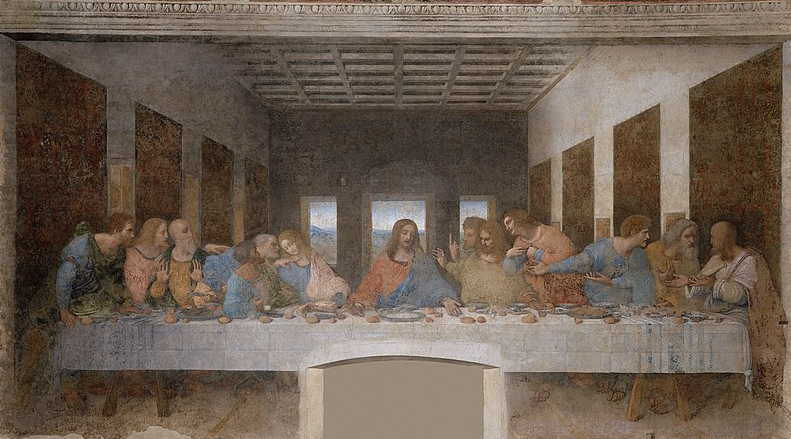
Leonardo da Vinci’s “The Last Supper” is renowned for its composition and emotional depth. However, beyond the obvious, it contains numerous hidden details. One of the most discussed is the musical score theory. Researcher Giovanni Maria Pala claimed that the arrangement of the hands of the apostles and loaves of bread can be interpreted as musical notes. When read from right to left, as was Leonardo’s usual style, these notes form a harmonious musical composition.
2. Sandro Botticelli’s “Primavera” (Secret Messages in Famous Paintings)
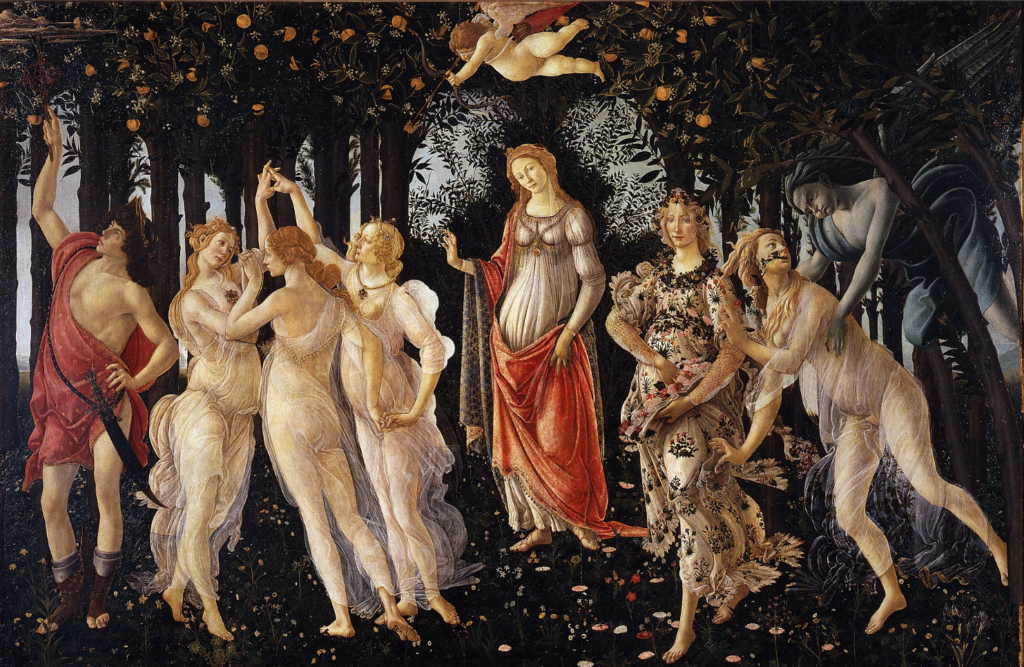
Botticelli’s “Primavera” is a celebration of spring and is filled with mythological symbolism. One of the hidden aspects is the transformation of Chloris into Flora. On the right side of the painting, Zephyrus, the wind god, chases the nymph Chloris. As he catches her, she transforms into Flora, the goddess of flowers, depicted as a richly dressed woman scattering flowers. This sequence symbolizes rebirth and transformation.
3. Jan van Eyck’s “The Arnolfini Portrait”
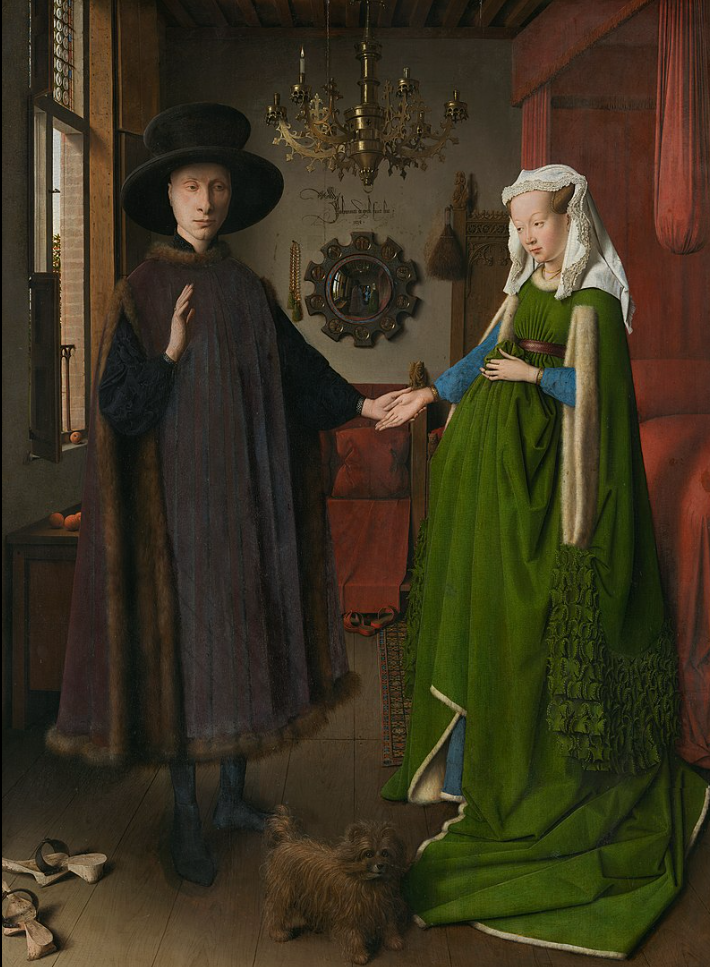
Jan van Eyck’s “The Arnolfini Portrait” is famous for its intricate details and use of symbolism. One notable hidden element is in the mirror behind the couple. The reflection shows two figures entering the room, one of whom is believed to be van Eyck himself, suggesting his presence at the scene. Additionally, above the mirror, the inscription “Johannes de Eyck fuit hic 1434” translates to “Jan van Eyck was here 1434,” reinforcing the idea that the artist witnessed the event.
Let’s reach more secret messages in famous paintings.
4. Hieronymus Bosch’s “The Garden of Earthly Delights”
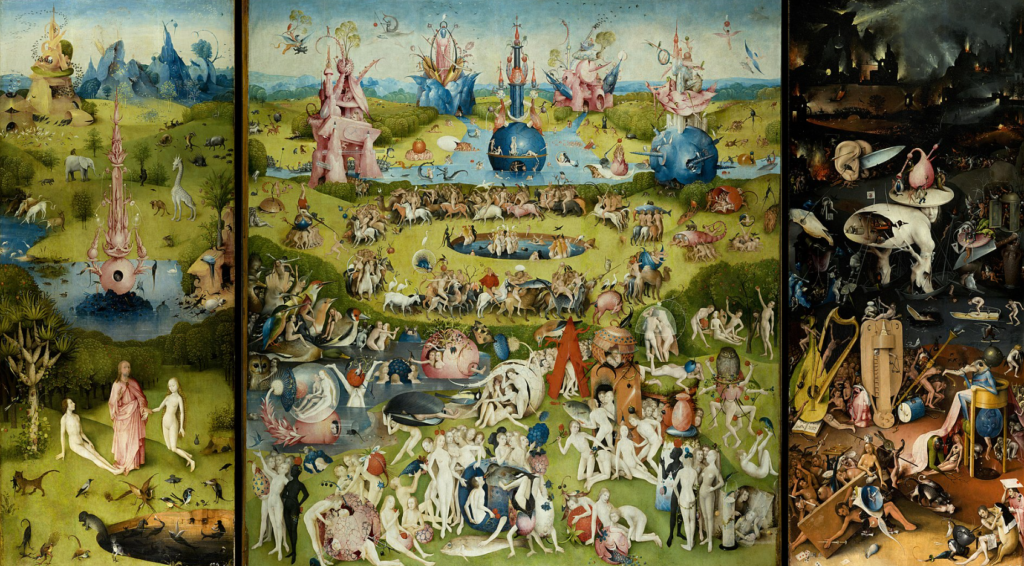
Hieronymus Bosch’s triptych “The Garden of Earthly Delights” is rife with bizarre and fantastical imagery. One of the hidden messages lies in the music of Hell. In the right panel, which depicts Hell, a music score is etched onto the posterior of a tortured soul. Musicologists have transcribed this piece, calling it “the 500-year-old butt song from Hell.” This peculiar detail adds to the enigmatic nature of Bosch’s work.
5. Michelangelo’s “Sistine Chapel Ceiling”
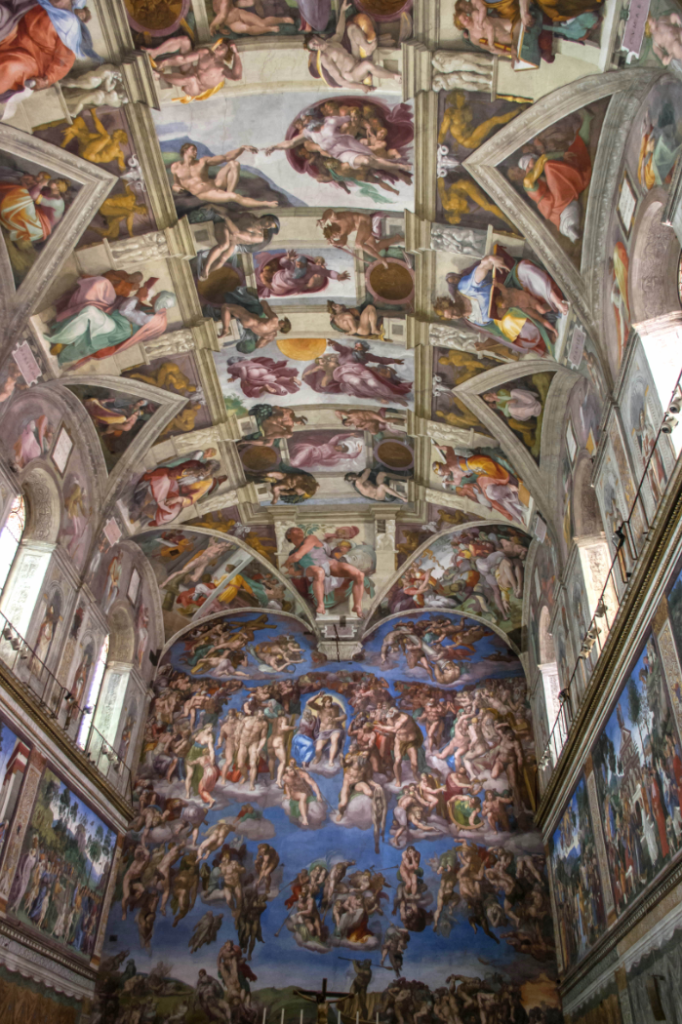
Michelangelo’s Sistine Chapel ceiling, especially “The Creation of Adam,” contains a hidden anatomical reference. In 1990, physician Frank Meshberger proposed that the shape surrounding God and the angels resembles a human brain. This could symbolize the imparting of intellect to Adam. Michelangelo’s extensive knowledge of anatomy, gleaned from dissecting corpses, lends credibility to this theory.
6. Caravaggio’s “Supper at Emmaus”
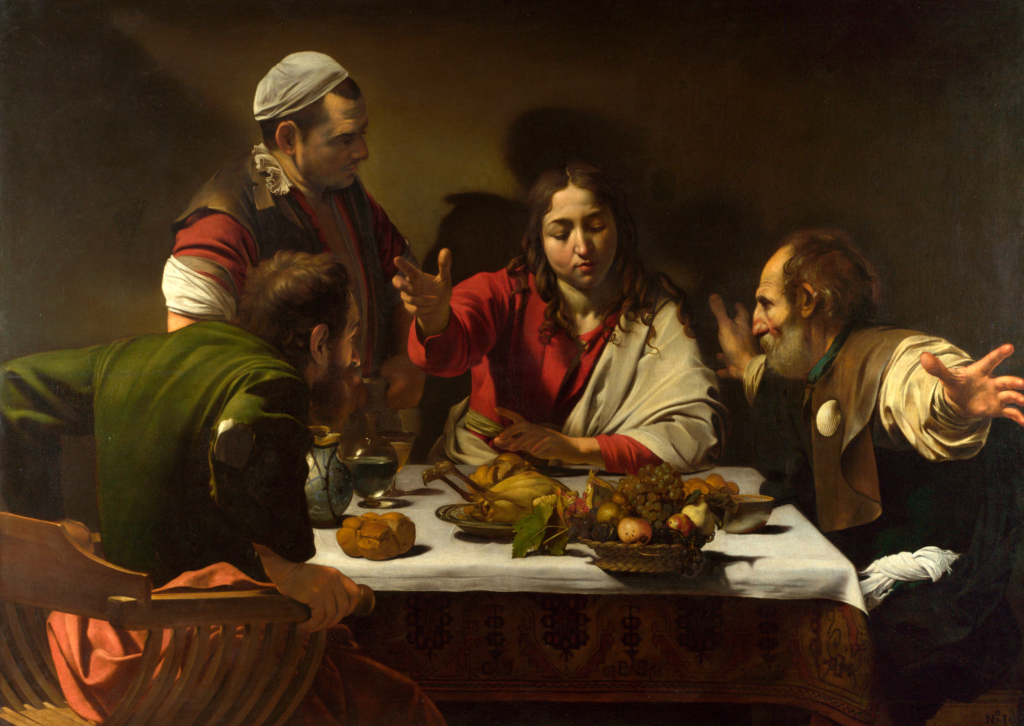
Caravaggio’s “Supper at Emmaus” captures a moment of revelation as Christ reveals his identity to his disciples. A subtle detail is the shadow cast by Christ’s hand, which forms the shape of a fish, an early Christian symbol for Jesus. Additionally, the basket of fruit teeters on the edge of the table, symbolizing the precariousness of faith.
Let’s reach more secret messages in famous paintings.
7. Raphael’s “The School of Athens” (Secret Messages in Famous Paintings)
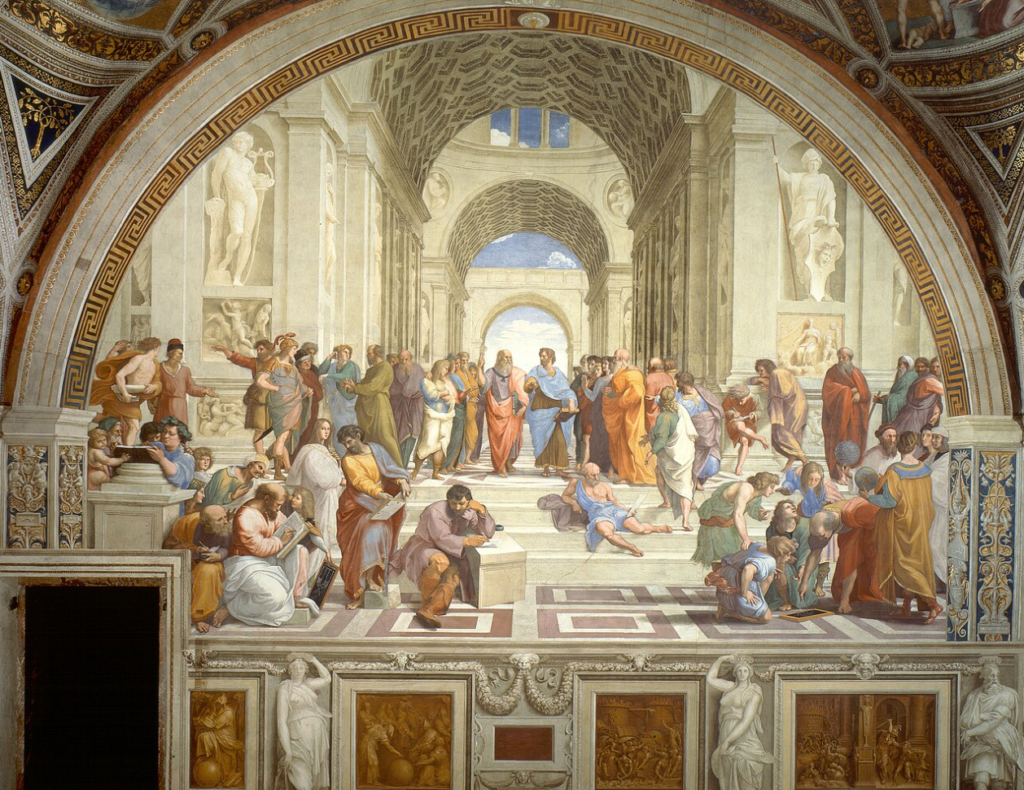
In Raphael’s “The School of Athens,” the central figures of Plato and Aristotle are surrounded by great philosophers and scientists. A hidden detail is the inclusion of Raphael himself, who appears as the figure standing to the right of the astronomer Ptolemy, staring directly at the viewer. This self-portrait signifies the artist’s confidence and his place among the intellectual giants of his time.
8. Gustav Klimt’s “The Kiss”
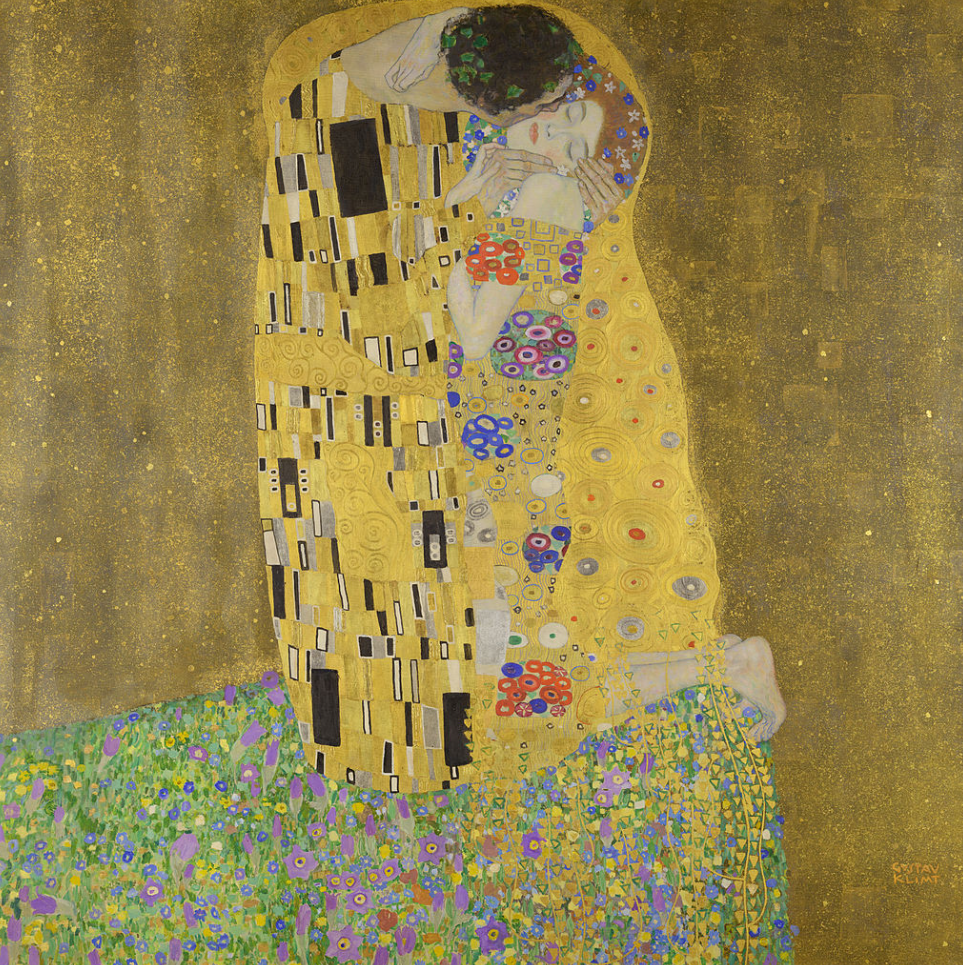
Gustav Klimt’s “The Kiss” is celebrated for its sensuality and intricate patterns. A closer look at the golden background reveals small, subtly integrated symbols representing masculinity and femininity. The man’s robe features phallic shapes, while the woman’s dress incorporates circular, egg-like motifs, symbolizing fertility and unity.
9. Diego Rivera’s “Man at the Crossroads”

Diego Rivera’s “Man at the Crossroads,” originally commissioned for Rockefeller Center, contains a controversial hidden message. Rivera included a portrait of Vladimir Lenin among the figures representing workers and revolutionaries, a choice that led to the mural’s destruction. Rivera’s inclusion of Lenin was a bold statement on class struggle and political ideology.
10. René Magritte’s “The Son of Man”
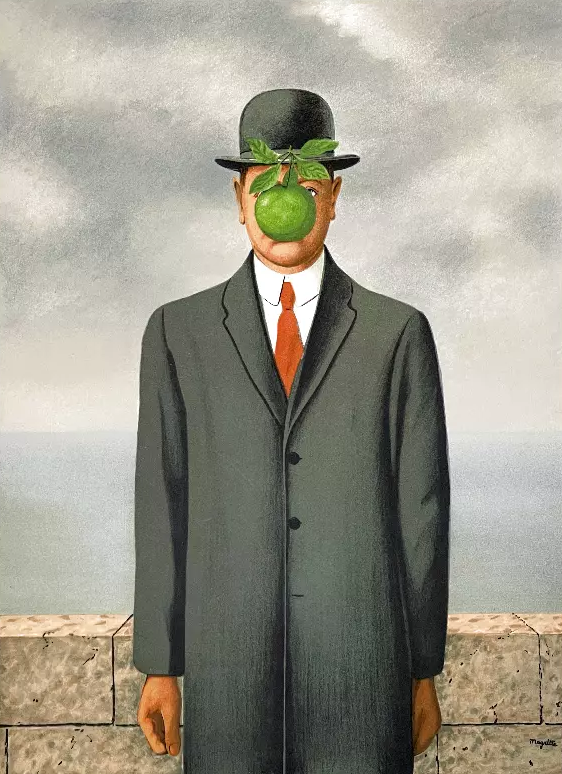
René Magritte’s “The Son of Man” features a man in a bowler hat with his face obscured by a floating green apple. This painting challenges the viewer’s perception and interpretation of reality. The hidden message is a commentary on the hidden aspects of human nature and the idea that what is visible often conceals more than it reveals.
Conclusion of Secret Messages in Famous Paintings
Exploring the hidden messages in famous paintings opens a window into the minds of the artists and the cultural contexts in which they worked. These concealed details offer a deeper understanding of the artwork and enrich our appreciation of their genius. Next time you stand before a masterpiece, take a closer look – you might discover a secret message waiting just beneath the surface.
If you enjoyed our article, or if you have anything to share with us, feel free to contact us!

1 thought on “Secret Messages in Famous Paintings”
Comments are closed.